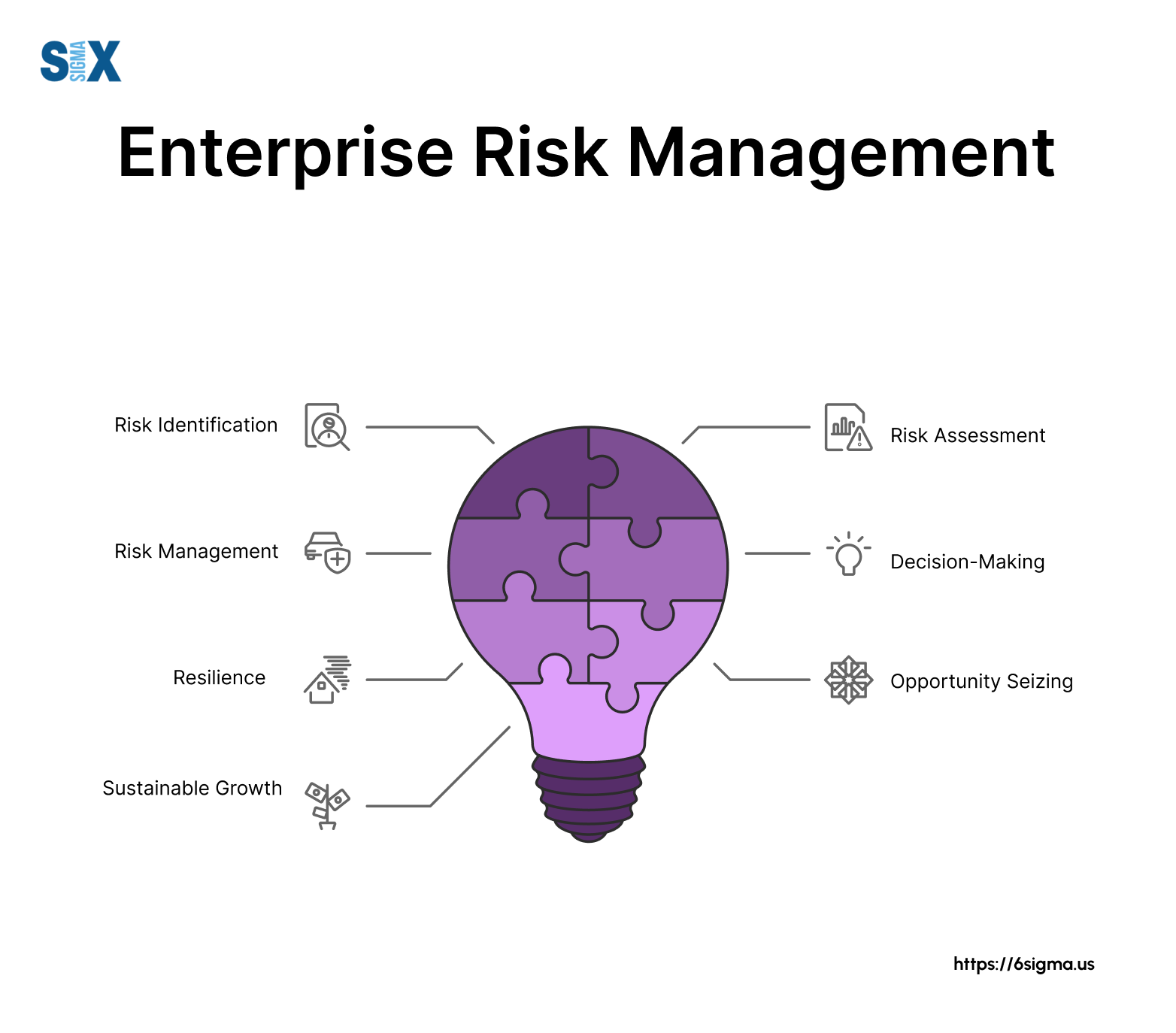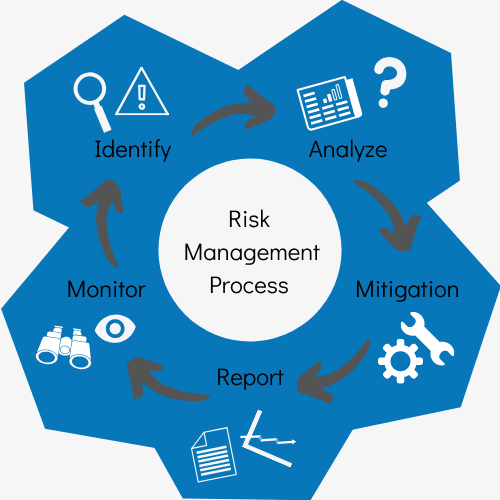Discovering the Importance of Risk Management for Effective Decision-Making Strategies
In the complex world of company, Risk Management emerges as a crucial element in the decision-making process. The ability to identify possible hazards and opportunities, and plan accordingly, can mean the distinction between success and failure.
Understanding the Concept of Risk Management
Risk Management, a vital component in decision-making, is often misunderstood or oversimplified. Risk Management involves organized and self-displined strategies, utilizing data and informative assessments. From monetary uncertainties, legal liabilities, calculated Management mistakes, to mishaps and natural disasters, it addresses numerous threats - importance of risk management.
The Role of Risk Management in Decision-Making Processes
In the realm of calculated preparation and organization operations, Risk Management plays an essential duty in decision-making processes. Risk Management hence ends up being an important tool in decision-making, aiding leaders to make informed options based on a thorough understanding of the risks entailed. Risk Management offers as a crucial part in the decision-making processes of any kind of organization.

How Risk Management Enhances Strategic Planning
In the context of tactical preparation, Risk Management plays a crucial duty. Initiating with the identification of possible risks, it further includes the application of Risk mitigation actions. The duty of Risk Management is not static however dynamic, as it demands consistent tracking and adjusting of methods.
Determining Potential Threats

Carrying Out Risk Reduction
Having established the importance of identifying prospective dangers, the next action is to discover Risk mitigation. This procedure includes developing and implementing methods to take care of determined dangers properly. It is an essential facet of strategic preparation as it improves decision-making by lessening prospective unfavorable outcomes. Risk mitigation strategies can range from Risk avoidance, Risk transfer, to run the risk of reduction. Each method must be customized to the particular Risk, considering its potential effect and the company's Risk tolerance. Moreover, efficient Risk mitigation needs a deep understanding of the Risk landscape and the potential effect of each Risk. This understanding enables organizations to focus on risks and assign sources effectively, guaranteeing that the most considerable hazards are dealt with initially.
Monitoring and Readjusting Strategies
Though Risk reduction why not try here is an essential action in calculated preparation, continuous surveillance and change of these approaches is equally important. This ongoing process enables organizations to recognize new dangers and reassess existing ones, guaranteeing the applied techniques continue to be reliable in the ever-changing organization environment. It also gives an opportunity to review the success of the Risk Management measures, permitting modifications to be made where essential, additional improving tactical planning. Reliable tracking and modification require making use of analytics and key efficiency signs (KPIs) to determine efficiency. These devices offer beneficial data-driven understandings that can inform tactical decision-making. Tracking and adjusting Risk Management methods is a critical element for improving a company's strength and tactical preparation.
Instance Studies: Successful Risk Management and Decision-Making
In the world of business and financing, effective Risk Management and decision-making usually offer as the columns of flourishing business. These cases highlight the worth of sharp Risk Management in decision-making processes. These instances underscore the essential duty of Risk Management in calculated decision-making.
Tools and Strategies for Effective Risk Management
Browsing the complex labyrinth of Risk Management requires the best set of techniques and devices. These tools, such as Risk signs up and warmth maps, aid in identifying and analyzing prospective dangers. Strategies include both quantitative methods, like level of sensitivity analysis, and qualitative methods, such as SWOT analysis. These help in focusing on dangers based upon their possible influence and probability. Risk reaction techniques, a key element of Risk Management, entail accepting, avoiding, moving, or mitigating threats. Tracking and managing dangers, through regular audits and evaluations, ensure that the methods stay reliable. With these techniques their website and devices, decision-makers can browse the facility landscape of Risk Management, thus assisting in informed and efficient decision-making.
Future Patterns in Risk Management and Decision-Making Approaches
As we discover the large landscape of Risk Management, it comes to be evident that the methods and tools utilized today will certainly proceed to develop. The concept of Risk culture, where every participant of a company is aware and involved in Risk Management, will certainly acquire extra prestige. These patterns proclaim a more positive and inclusive technique in the direction of Risk Management and decision-making.
Final thought

Risk Management thus comes to be an essential tool in decision-making, aiding leaders to make educated choices based on an extensive understanding of the risks involved. Risk reduction methods can range from Risk evasion, Risk transfer, to risk reduction (importance of risk management). Reliable Risk reduction calls for a deep understanding of the Risk landscape and the potential influence of each Risk. Risk reaction strategies, an essential element of Risk Management, entail accepting, avoiding, transferring, or mitigating risks. The principle of Risk culture, where every participant of a company is mindful and involved in Risk Management, will certainly acquire extra prestige